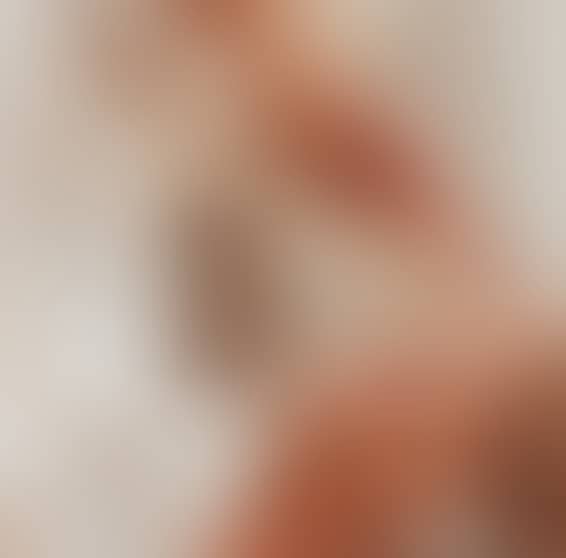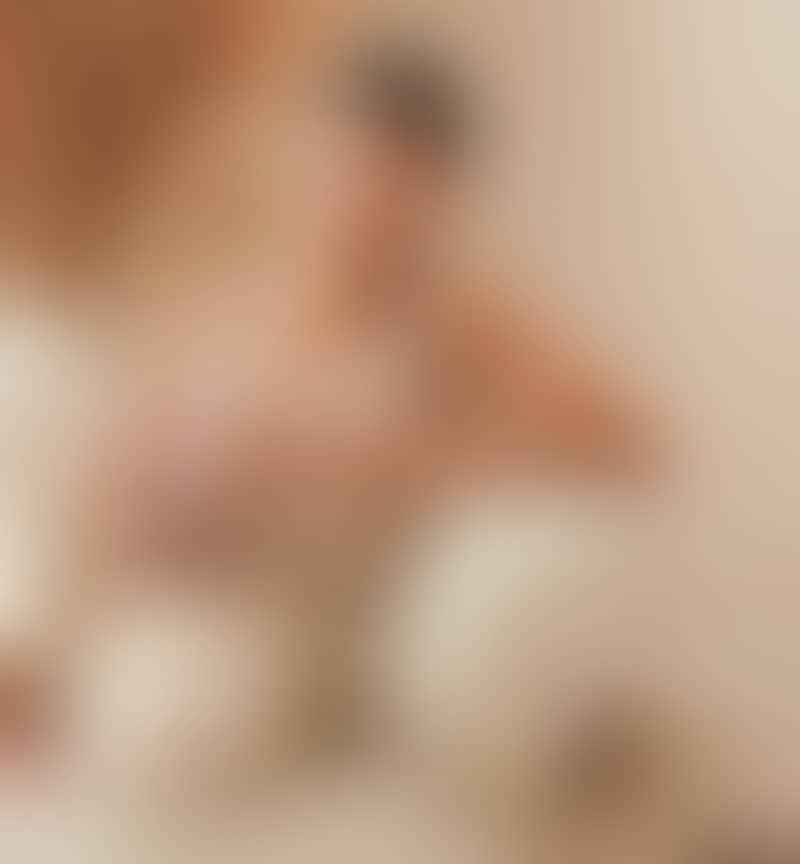For many years, cashmere wool has been sold as a high-end material with unrivalled thermo-regulating qualities. But do you know where this wool comes from and what its other qualities are? In this article, discover all the benefits and other information about this material, from its origin to its care.

What is Cashmere Wool?
Cashmere wool is a rare material obtained from the wool of the Capra Hircus goats in the Kashmir province, at the end of winter. There are several breeds of goats that can produce this material. Among the best known are:
Jining;
Zhongwei;
Tibetan.
This species lives in the Himalayan mountains, in Tibet and Mongolia. To withstand the extreme temperatures of these areas, the Capra Hircus goat has a thick layer of long hair. However, it is from its undercoat that cashmere wool is produced!
And did you know? China and Mongolia together produce three-quarters of the world's supply of this material.
At the end of winter, the goats moult and are combed to collect their undercoat. It is estimated that a single goat produces 50 to 80 grams of undercoat, and thus it takes a minimum of 4 to 5 goats to produce a single cashmere sweater.
The world production is estimated at 20,000 tonnes each year.
The Advantages and Specificities of Cashmere Wool
This fibre is regarded as an exceptional fibre. It is very fine, ranging from 19 to 12 microns. This fineness makes it light and soft.
It is hypoallergenic and hygroscopic. On one hand, it does not contain lanolin, allowing it to be worn directly against the skin. Furthermore, it is said to absorb moisture without feeling wet. For example, it can absorb up to 30% of its weight in water. Its thermo-regulating qualities mean it can be worn throughout all seasons.
What Can You Knit with Cashmere Wool?
Cashmere wool is perfect for knitting soft and light garments. With this high-end fibre, you can make sweaters and cardigans. These clothes are ideal to warm up quickly.
You can also knit accessories! Whether it’s scarves, shawls, gloves or hats, you can comfortably face the cold.
Caring for Cashmere Wool
Like all delicate wools, cashmere wool should be washed cold, by hand or in the "wool" or "delicate" machine setting. Our advice: use a mild hair shampoo instead of a detergent! Failing that, use a "special wool" detergent. Drying should be done in the shade and away from any heat source. To prevent your water-soaked knits from deforming, lay them flat on a towel, away from light and heat sources.







